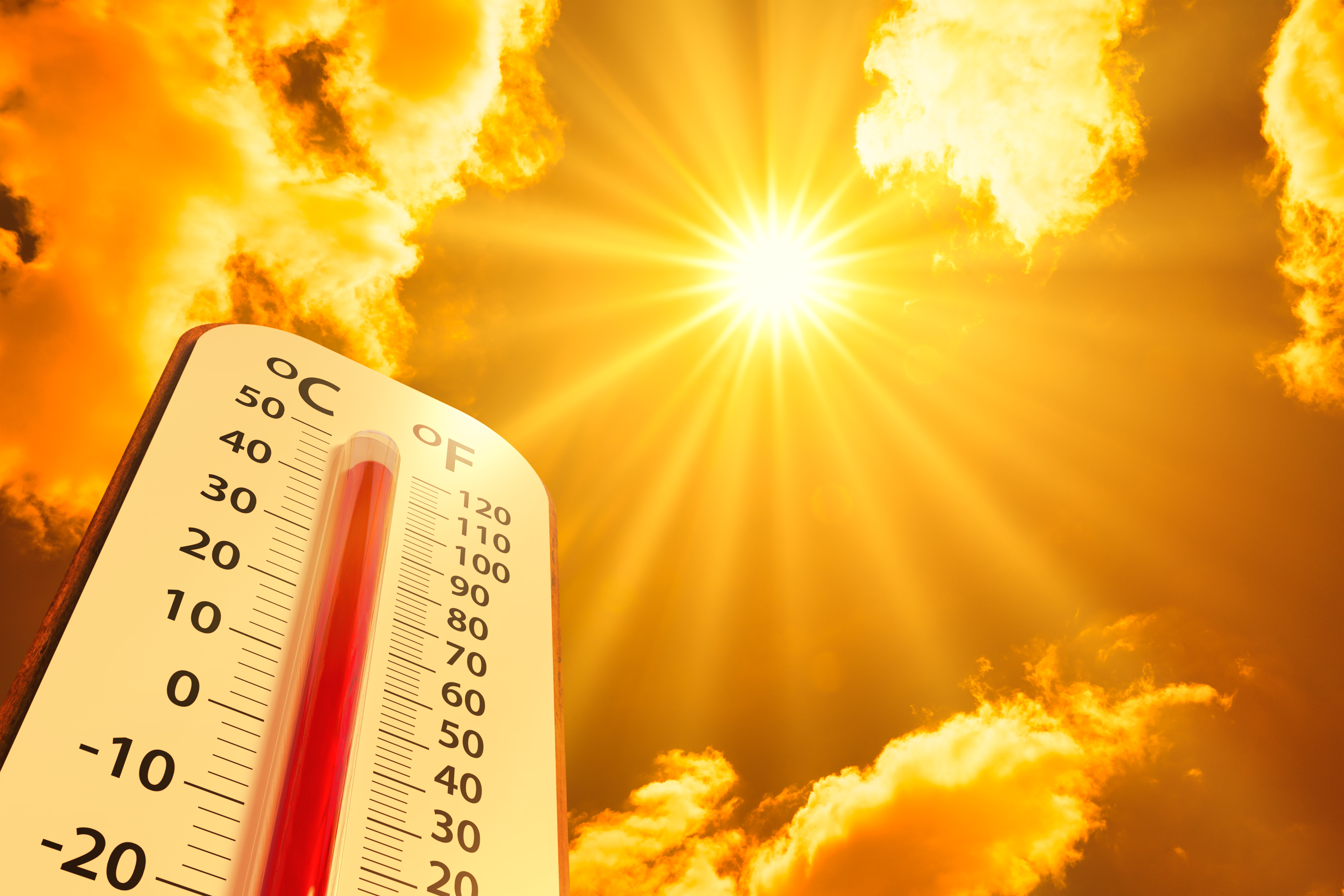
In an article published in Lupus News Today, experts offered tips for managing lupus symptoms during a change of seasons. The shift from winter to spring may reintroduce lupus triggers such as ultraviolet (UV) exposure and heat that can worsen symptoms—including fevers, mouth and nose sores, and butterfly rashes—and cause long-term flare-ups. During warmer months, patients with lupus are advised to wear clothing with a UV protection factor of 30 or greater and make selective choices about attending outdoor events. Alternatively, patients can suggest indoor or nighttime activities to avoid lupus triggers. The experts suggested that those who have recently received a lupus diagnosis can take notes about how UV rays and heat affect the severity of their flare-ups in order to identify distinct symptom patterns and reduce their disease burden.